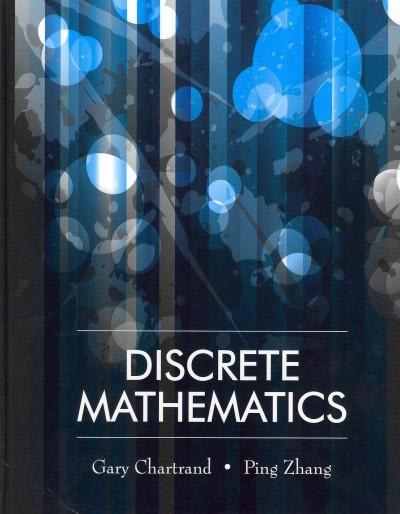


Who Murdered the Electric Vehicle? New vehicle models with names like the "Volt" and the "Leaf" are being advertised via automakers, as they scramble to deliver electric vehicles that are moderate for most Americans. Still in the preliminary stage, BMW's Smaller than normal E can be rented for about $600 each month, and is professed to have the option to go somewhere in the range of 100 and 120 miles for every battery charge.8 Assume that n = 60 field preliminaries are directed and that the normal time between accuses is 112.5 miles of a standard deviation of 4.6 miles.
a. Build a 95% certainty span for p, the normal time between battery charges for BMW's Small scale E.
b. Does the certainty stretch partially an affirm the case of 100 to 120 miles for every battery charge? Why or why not?
Early Detection of Breast Cancer Of those women who are diagnosed to have early-stage breast cancer, one-third eventually die of the disease. Suppose a community public health department instituted a screening program to provide for the early detection of breast cancer and to increase the survival rate p of those diagnosed to have the disease. A random sample of 200 women was selected from among those who were periodically screened by the program and who were diagnosed to have the disease. Let x represent the number of those in the sample who survive the disease. a. If you wish to determine whether the community screening program has been effective, state the alternative hypothesis that should be tested. b. State the null hypothesis. c. If 164 women in the sample of 200 survive the disease, can you conclude that the community screening program was effective? Test using a = .05 and explain the practical conclusions from your test. d. Find the p-value for the test and interpret it.Sweet Potato Whitefly Suppose that 10% of the fields in a given agricultural area are infested with the sweet potato whitefly. One hundred fields in this area are randomly selected, and 25 are found to be infested with whitefly. a. Assuming that the experiment satisfies the conditions of the binomial experiment, do the data indicate that the proportion of infested fields is greater than expected? Use the p-value approach, and test using a 5% significance level. b. If the proportion of infested fields is found to be significantly greater than .10, why is this of practical significance to the agronomist? What practical conclusions might she draw from the results?Taste Testing In a headtohead taste test of storebrand foods 1urersus national brands, Consume Reports found that it was hard to nd a taste difference in the two.1{] If the national brand is indeed better that the store brand, it should oejudged as better more than 50% 0f the time. a. State the null and alternative hypothesis to be tested. Is this a one or a twotailed test? I}. Suppose that, of the 35 food categories used for the taste test, the national brand was found to be better than the store brand in eight of the taste comparisons. Use this information to test the hypothesis in part a. Lise ct = .4211. What practical conclusions can you draw from the results? Independent random samples of H] = 14d observations were randomly selected from oinomial populations 1 and 2, respectively. Sample 1 had Y4 successes, and sample 2 had 81 successes. a. Suppose you have no preconceived idea as to which parameter, P1 01' P2, is the larger, but you want only to detect a difference between the two parameters if one exists. What should you choose as the alternative hypothesis for a statistical test? The null hypothesis? b. Calculate the standard error of the difference in the two sample proportions, [ ] 1&2). Make sure to use the pooled estimate for the common value of p. c. Calculate the test statistic that you would use for the test in part a. Based on your knowledge of the standard normal distribution, is this a likely or unlikely ooservation, assuming that HE) is true and the two population proportions are the same? :1. pvafue approach: Find the pvalue for the test. Test for a signicant difference in the population proportions at the 1% signicance level. a. Critical value approach: Find the rejection region when d = .d1. Do the data provide sufficient evidence to indicate a difference in the population proportions













